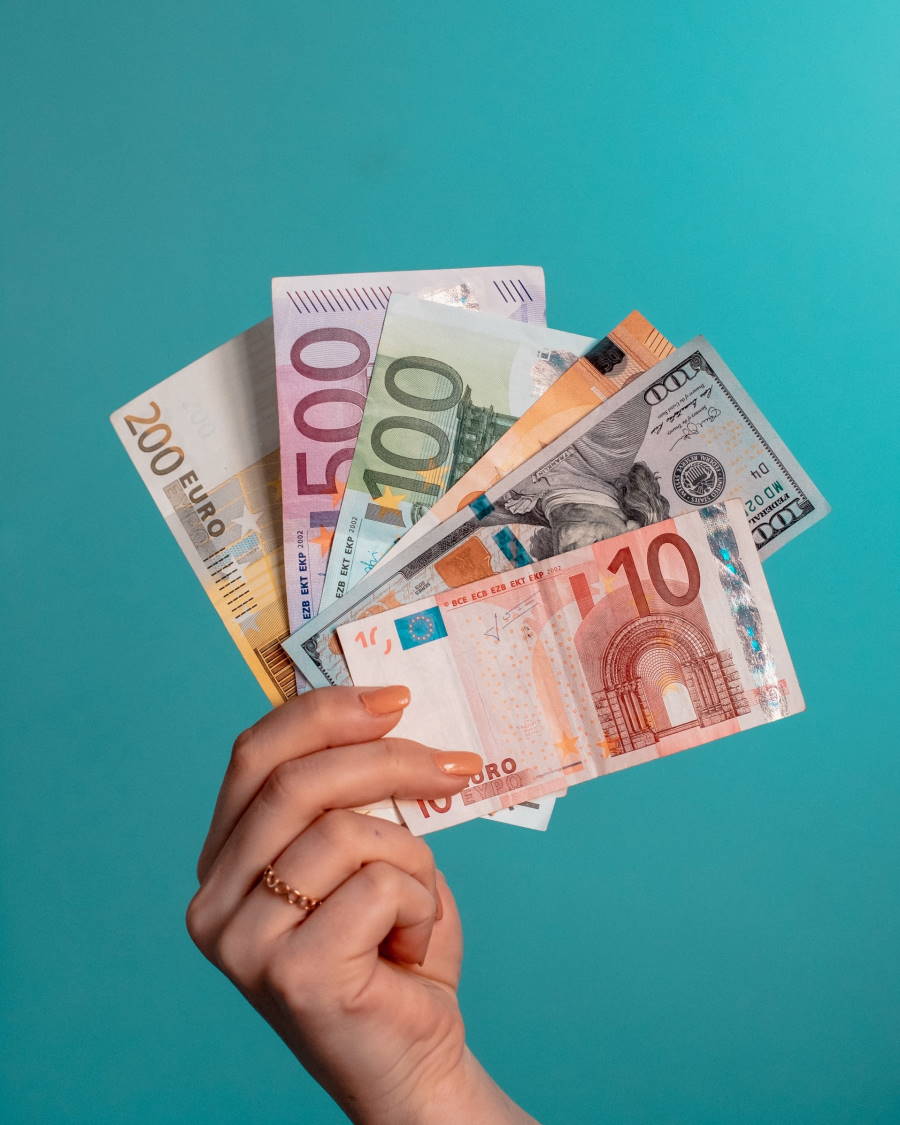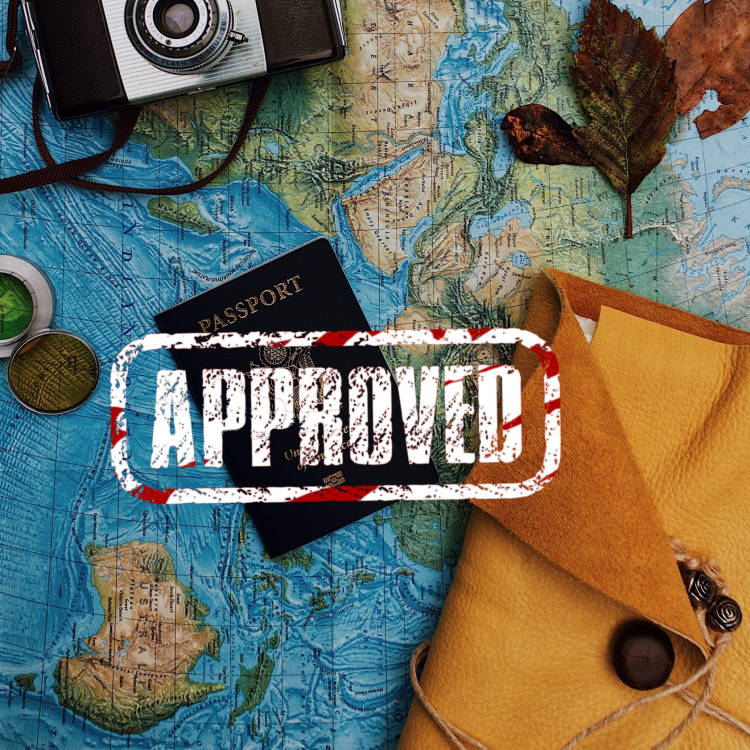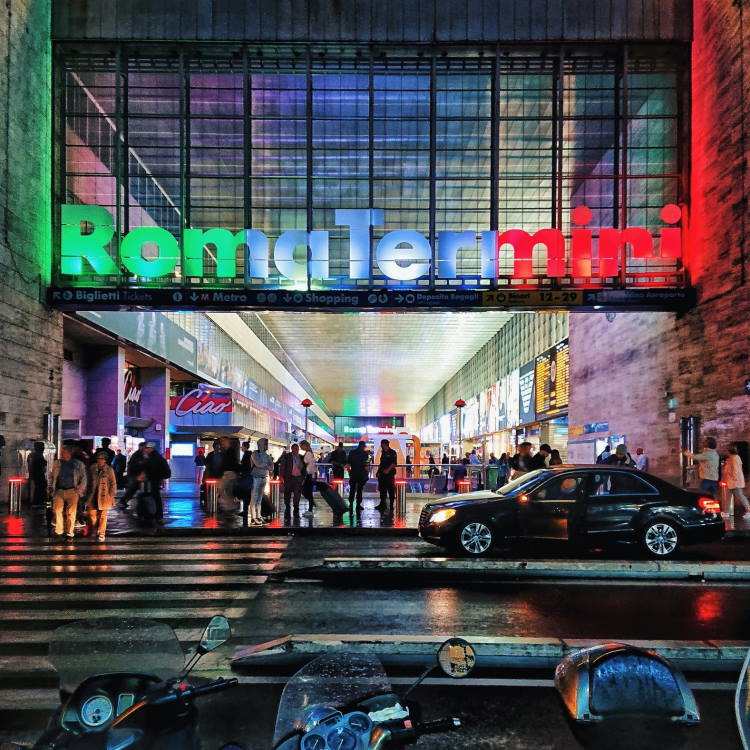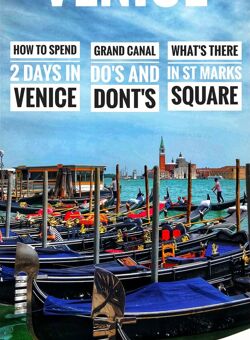
How To Save Money On Your Europe Trip - Smart Financial Planning Tips and Tricks!
In this essential guide, we discuss the financial aspects of a trip and how to minimize budget for a Euro trip.
Since I am based in India, I will explain the differences through the Indian context, however, do note that the concept applies globally. So even if you may not be able to convert INR to your currency, you can easily convert Euros to your native currency.
Note: Hotels and transport are not covered here as those would be based on individual preferences.
Step by step Guide:
- Figure out the official currency of your destination country (Most Schengen countries accept Euros, but some of them have a separate official currency)
- Research if the country/countries you are travelling to are card friendly or not.
- Analyze your budget for the entire trip. Assume the kind of spends you would be doing
- See the below breakdown to find the best way to save your money.
Methods of Carrying Money
Below is the list of usable ways of carrying money abroad, be it physical or digital. Each of the below are explained in the below sections along with their pros and cons.
- Cash
- Forex Cards
- Credit Cards
- Debit Cards
- Traveller’s Cheques
Types of Transactions
Other than cash transactions, the below are the types of transactions
- Swipes in terminals at Point of Sale Merchants
- Cash Withdrawals from ATM
Detailed explanation of Transaction Charges
Exchange Rate / Conversion Rate :
This is the rate of conversion of money eg ( €1 = ₹80.50 ). These rates vary by the day and every day the merchants exchanging your money set a standard rate for currency conversion.
Conversion Charges / Cross Currency Markup Charges / Foreign Transaction Fee :
For paying your money to the merchant in a different currency, banks avail charges to support their payment gateway and systems. These are calculated as a % of the transaction amount availed. Typically 2% - 3%.
Cash Withdrawal Charges :
Only applicable when you use the cards to withdraw cash from ATMs. Applicable for Forex, Credit and Debit cards. For
Cash vs Forex Cards vs Credit Cards vs Debit Cards
Let’s start with the 4 basic and most common types of monetary transactions for goods and services.
Cash
- 💱 Exchange Fee: As per agency
- 💳 Foreign Transaction Fee: nil
- 💰 Cash Withdrawal Fee: nil
Cash is the most widely accepted form of transaction anywhere in the world and demand for cash is always high. It is one of the most favorable ways and the easiest. But it has certain disadvantages since many European countries have different official currencies. If you don’t mind paying additional money in the name of conversions then you can use Euro almost everywhere. Also, cash can be stolen or lost.
✅ Ease of use. High Demand. Always Works.
⛔ Can be stolen or lost. Large amounts of cash always keep you worrying. Paying for a €2.50 coffee with a €100 note is generally not a good idea.
It is best to always carry a limited amount of cash. You never know when you would need it. Keep some currency notes with low denominations as well.
Forex Card
- 💱 Exchange Fee: Bit higher than market exchange rate (once during loading)
- 💳 Foreign Transaction Fee: Not Applicable ₹0
- 💰 Cash Withdrawal Fee: roughly around ₹100 - ₹150
Forex card is basically a Debit Card that you can use throughout multiple countries. You load cash into the card and carry it anywhere to be able to swipe in machines or withdraw from any ATM. It is basically a safer form of carrying cash and withdrawing when necessary. It is easy to top up as well, when needed. Note that Forex cards load the money in the currency required. Hence you will be loading foreign currency (eg Euros) directly in your card.
Check for single currency vs multicurrency forex cards.
Also, forex cards are locked at the rates you load the amount at. If the exchange rates go up due to some reason, a forex card bought early will save you money which would otherwise be lost due to market fluctuations.
✅ Works like Debit Card. Can be swiped at terminals or be used to withdraw cash.
⛔ Need for top-up if card money runs out. Certain cards are limited to certain currencies. Expensive if used for a currency that is not loaded into the card.
Forex card is the best when you already have your budget set in place and are sure that you would utilize almost the entire amount during your .
Credit Card
- 💱 Exchange Fee: Bit higher than market exchange rate (during each transaction)
- 💳 Foreign Transaction Fee: 2% - 3%
- 💰 Cash Withdrawal Fee: Standard local withdrawal fees (Cash Advance fee: 2.5% + Interest from the date of transaction: 3.5% + Finance charges) + 1-4% additional overseas fee
Credit cards are catching up. Easy, safe, convenient and fast. With NFC enabled credit cards, it requires just a tap to pay. Almost all countries in Europe accept cards widely with the exception of some eastern European ones. Some cards charge high Foreign Transaction Fees for International swipes with the typical rate around 3% of the transaction value. Also, only Visa and Mastercard are accepted in the majority of places in Europe.
✅ Credit card are good for swiping at terminals. Can be swiped till your card limit.
⛔ Additional Foreign Transaction Fee is levied. Cash withdrawals are charged at a very high rate.
Credit cards are best when you are not sure of the budget of your travel and are also not planning to splurge. Small amounts can be quickly swiped without much hassle and is a safe option if you have a card with a low Foreign Transaction Fee. Just be sure not to withdraw any cash from ATM using a Credit Card.
Debit Card
- 💱 Exchange Fee: Bit higher than market exchange rate (during each transaction)
- 💳 Foreign Transaction Fee: 2% - 3%
- 💰 Cash Withdrawal Fee: Standard charges (₹100 - ₹200) or 2.5-3.5% additional overseas fee
Debit cards are a helpful source of money without getting another additional card like a forex card or a credit card. Similar to Credit cards, Debit cards also have a Foreign Transaction Fee associated with International transactions.
✅ Works exactly how you would use your Debit Card locally. Can be swiped at terminals or be used to withdraw cash. No additional cards necessary if you are swiping for very less amounts.
⛔ Also charged Foreign Transaction Fees. Only good for the amount of money available in your bank account.
Debit cards are similar to credit cards and are generally not recommended to be used as credit cards are better and offer similar rates.
Comparison of Charges
Let’s start with the basic assumptions. The types of transaction charges are mentioned above. Let’s assume:
Current Market Rate (actual rate) : €1 = ₹80 Therefore [₹1 lakh = € 1250]
Market Conversion Rate (set by converting agency) : €1 = ₹81
This rate is always higher than the actual rate when converting from local ➡ foreign, and always lower than the actual rate when converting from foreign ➡ local.
Scenario: You have ₹1.5 lakh as travel budget and utilize it partially upto ₹1 lakh (for credit cards, there is only utilized amount). Also note the conversion rates and charges might be different between forex and credit cards (I have kept all rates consistent except for the credit and debit card foreign transaction fee).
| Transactions | Cash | Forex Card | Credit Card | Debit Card |
|---|---|---|---|---|
| Starting Amount | ₹ 1,50,000 | ₹ 1,50,000 | - | ₹ 2,00,000 |
| Conversion Rate €1 = | ₹ 81 | ₹ 81 | ₹ 81 | ₹ 81 |
| Conversion Charges | ₹ 1,852 | ₹ 1,852 | - | - |
| Utilized Amount | ₹ 1,00,000 | ₹ 1,00,000 | ₹ 1,00,000 | ₹ 1,00,000 |
| Utilized Conversion Charge | - | - | ₹ 1,250 | ₹ 1,250 |
| Issuance + Loading Charge | - | ₹ 500 | - | - |
| Foreign Transaction Fees | - | - | ₹ 2000 (2%) | ₹ 3000 (3%) |
| Un-utilized Amount | ₹ 50,000 | ₹ 50,000 | - | - |
| Back Conversion Rate €1 = | ₹ 79 | ₹ 79 | - | - |
| Conversion Charges | ₹ 632 | ₹ 632 | - | - |
| Total Extra Charges | ₹ 2,484 1️⃣ | ₹ 2,984 2️⃣ | ₹ 3,250 3️⃣ | ₹ 4,250 4️⃣ |
Note: These charges are mentioned at their shown rates, above which GST would also be levied.
Summary :
The point to note here is that if you convert a lot of foreign currency and not utilize it, conversion charges are levied while converting the surplus amount back to your local currency. This can go both ways: if the rates change in your favor, your total charges will be minimized, but if the opposite happens, then you lose out more than what you bargained for!
- If you would spend a lot, carry a forex card
- If you would spend minimal, use cash
- If you would spend average: I suggest to use 20% Cash, 80% Forex
- If you are unsure about the amount, but plan to spend less (or are short of money and opting for a loan before travelling), use credit cards instead.
- I suggest not to use Debit Cards in any case.
Money-Saving Tips
⚠️ Most Schengen countries accept euros, but with some of them having their separate official currency, the euro conversion rate will be higher.
⚠️ Currency Rates are generally best if gotten in your home state. After you reach the airport, it is generally a high commission/high rate zone.
⚠️ Beware of currency exchange kiosks, individual currency exchange agents, and even ATMs! (yes ATMs!) while in Europe.
⚠️ While in Europe (mainly Eastern Europe), a lot of Currency Scams take place. Knowing how they operate will help you avoid The Most Common European Tourist Scams .
⚠️ If using cards, at the restaurant or supermarket or some ticket office, sometimes you will be asked the question: “I see this card is from India. Should I swipe this in your local Indian currency?”
More often than not, this is a trap. Do not choose to pay in Rupees, instead choose the currency of the country you are currently in. If you choose to opt for it, you will be paying the amount in Indian Rupees, but what you don’t see is that since the merchant is in Europe, the amount has to be converted. And the catch lies in the Dynamic Currency Conversion (DCC) rate that is significantly higher than the actual market rate. Its a hiked up amount for the unwary customer. Hence always choose to do the transaction in the currency of the place you are travelling instead of you home currency.
All the best 👍





































